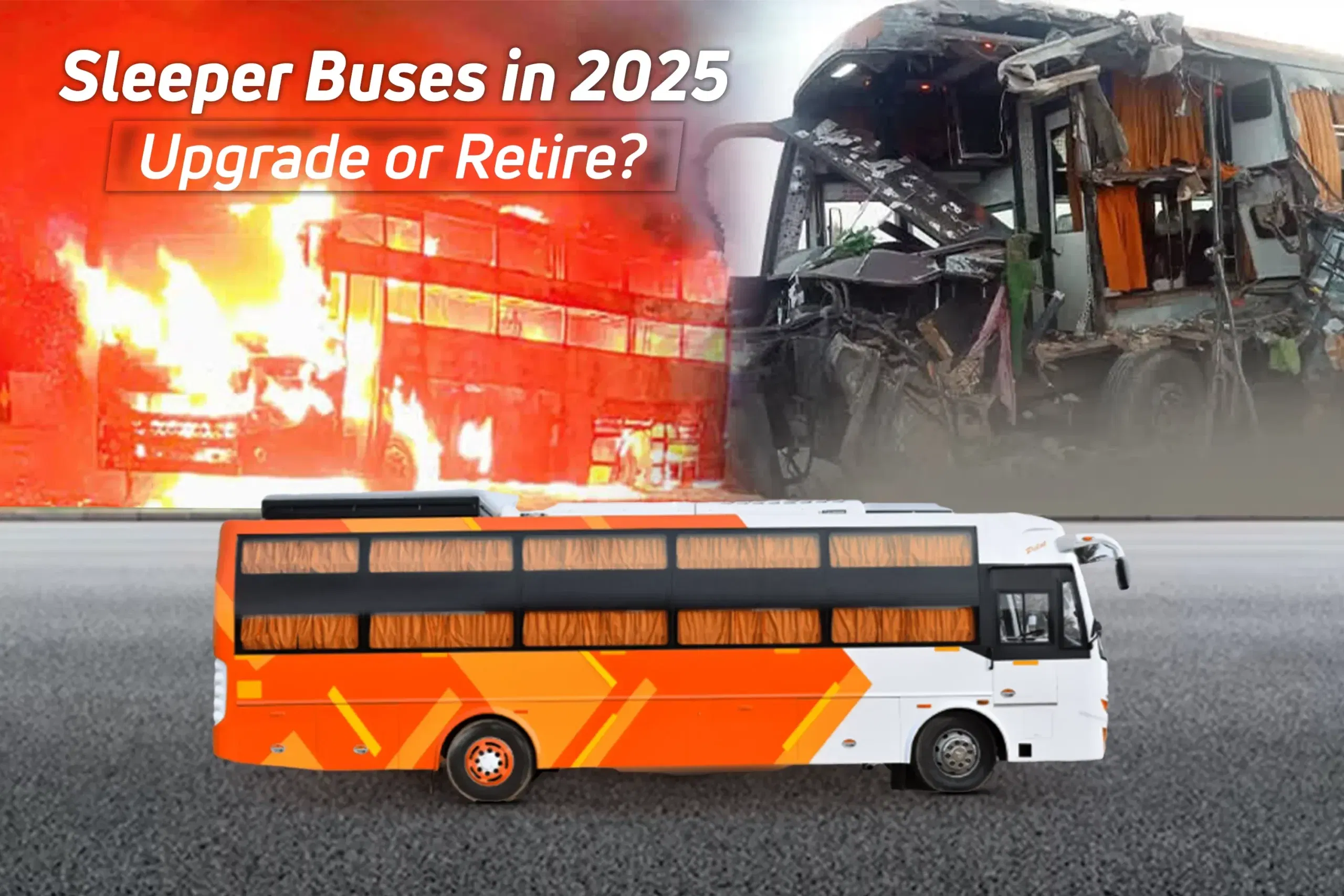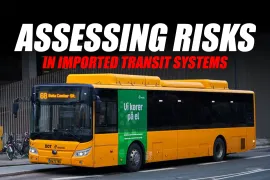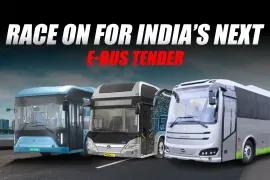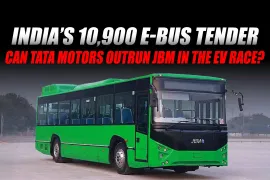Sleeper buses used to feel like a reasonable option for long-distance travel, comfortable, inexpensive and quick. But two recent tragedies and the growing evidence of system failures, raises a bigger question: Should we say farewell to sleeper buses? This question isn't just about comfort; it is about sleeper bus safety, regulatory ingratitude and alarming sleeper coach declines. Incidents on the sleeper buses, as reported, are not one-off mishaps, whether it is the one in Kurnool, Andhra Pradesh, or in Jaisalmer, Rajasthan. Such tragedies usually point to deep-seated flaws in design, enforcement and regulation.
According to India's Bus Body Code AIS-052, sleeper coaches are required to adhere to a number of strict safety standards: multiple emergency exits, roof hatches, fire-retardant materials, among others, as laid out under the revised AIS-119 standard. However, investigation reports say that many sleeper buses blatantly flout these norms. Conversion of standard seater buses into sleeper coaches, in most cases done in unauthorized local workshops, leads to safety compromises. Operators reportedly maximize the number of berths while blocking or sealing emergency exits. Fire suppression systems may be missing, windows difficult to break and exits too narrow, making evacuation during a fire almost impossible.
Shrikant M. Vaidya, former chairman of the IOC ( Indian Oil Corporation), termed those buses “death traps by design”. He holds that some sleeper buses should be banned-not “improved.” Global precedents exist: China banned multi-bunk sleeper buses in 2012; other countries changed their safety standards.
The International Road Federation has also raised an alarm. It called for the strict enforcement of bus-body design norms, pointing to flammable interiors, blocked exits and the lack of fire safety gear in many sleeper coaches.
Regulatory and Institutional Gaps
Despite regulations such as AIS-052 and AIS-119, enforcement remains weak. Many sleeper coaches are not adequately third-party certified; the system is said to permit approvals through a "corrupt enforcement chain."
The New Indian Express report demands a mandatory third-party type certification system to replace the existing regime of local RTOs granting approvals that are routinely manipulated. Absence of stern oversight allows many on-road sleeper buses to continue flouting safety standards.
Human Cost and Social Angle
It is not only a technical safety crisis; it is deeply social. The New Indian Express ties the issue to internal migration in India: many passengers travelling in sleeper buses are low-income migrant workers compelled to make long journeys. With safer alternatives limited, they have little choice but to travel in risky sleeper designs.
Ironically, it is also the very design that makes sleeper buses attractive-stacked bunks-that limits how many people can travel per bus. Double-deck sleeper layouts carry fewer passengers than standard seated or semi-sleeper coaches. This capacity constraint pushes up fares during peak travel seasons and perpetuates risk even more, according to the same report.

Emerging Intercity Bus Trends and a Decline in Sleeper Viability
Passenger preferences are changing. With the increasing emphasis on travel safety, comfort and regulatory transparency, sleeper buses are being challenged by newer models:
The popularity of premium AC seated coaches with modern safety features is growing. Luxury buses are increasingly being retrofitted with AI-based driver monitoring, electronic stability systems and fire suppression, making night travel safer. Transport bodies and safety advocates are pressing for design reforms, or even a ban on certain sleeper bus layouts.
Meanwhile, investor and regulatory pressure is growing: the International Road Federation demands stricter compliance; several regions are enforcing tighter inspections. There is also growing political and public debate on whether to continue or phase out the sleeper buses that don't meet global standards.
Phasing Out Unsafe Sleeper Coaches: The Case
Given the recurring tragedies, design flaws and weak enforcement, many experts say the only sustainable solution is the retirement of non-compliant sleeper buses. As Vaidya said: “You can’t regulate a fire trap. You have to remove it.”
Such a phased ban would consist of :
Stopping uncertified conversions: only factory-built sleeper coaches that comply with AIS-052 / AIS-119 should be allowed.
- Compulsory third-party certification: No more state-wise forum shopping or loose RTO approvals.
- Modern fleet incentives: Encourage the operators to acquire modern, safety-first sleeper buses or upgrade into premium seaters.
- Passenger education: Educate travelers about the location of the emergency exits, fire hammers and exit routes.
- Stricter penalties: heavy fines or suspensions against operators that violate safety codes.
Conclusion: Why It’s Time to Act
The crisis of sleeper bus safety is not just a transport issue; it is a moral one. When lives are lost in preventable infernos, it would seem pretty clear that business models have trumped human safety. In keeping with arguments in both the New Indian Express and The Federal, the case is strong for phasing out or strictly banning current-generation sleeper coaches in India. If we are to imagine a safe, accessible and equitable future in intercity travel, the question must change from "How do we improve sleeper buses?" to "Which sleeper buses deserve to stay on the road?" Only then can we truly ensure that long-distance journeys don't turn into death traps.
For more articles and news, stay updated with 91trucks. Subscribe to our YouTube channel and follow us on Facebook, Instagram and LinkedIn for the latest videos and updates from the automotive world!
Also Read:
Denmark Sounds Alarm Over Chinese Buses Allegedly Fitted With Kill Switch
Ashok Leyland Relocates UK Electric Bus Manufacturing to RAK
Web Stories
Latest Buses News
Categories
91trucks is a rapidly growing digital platform that offers the latest updates and comprehensive information about the commercial vehicle industry.









